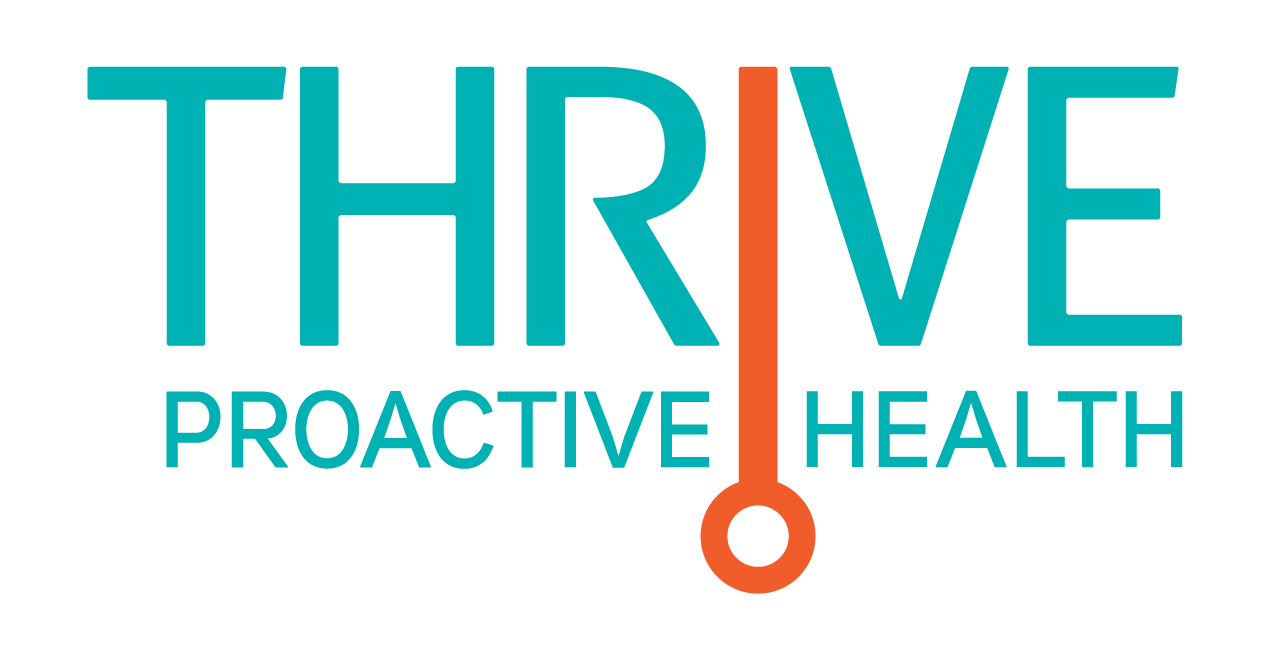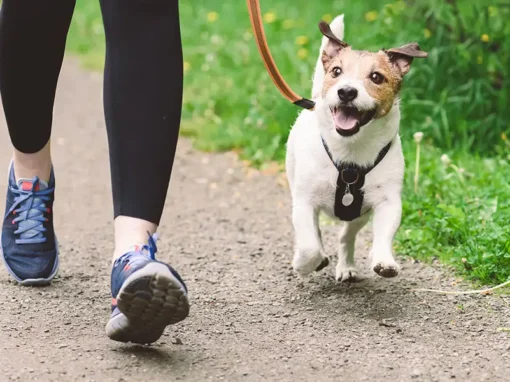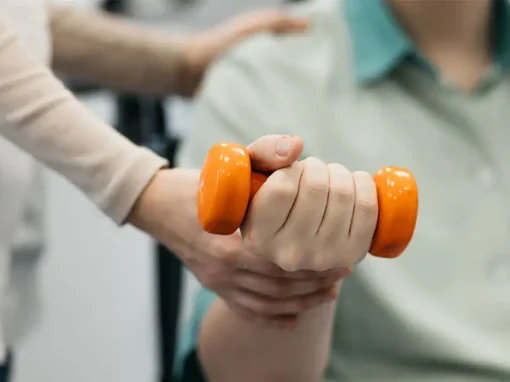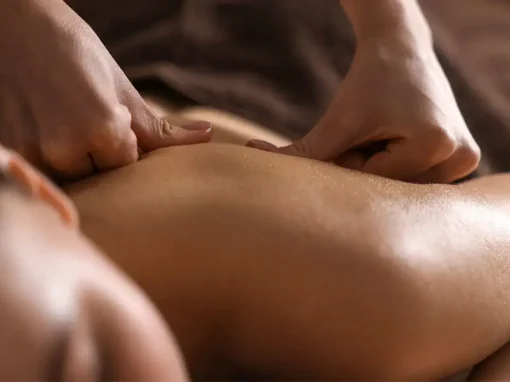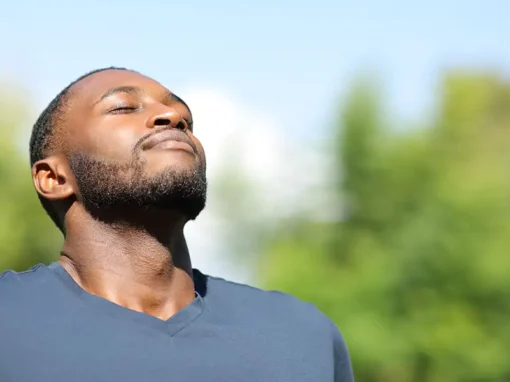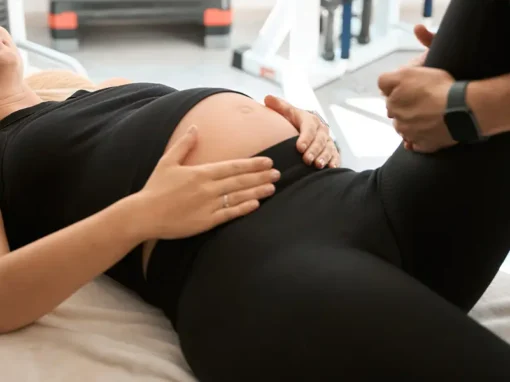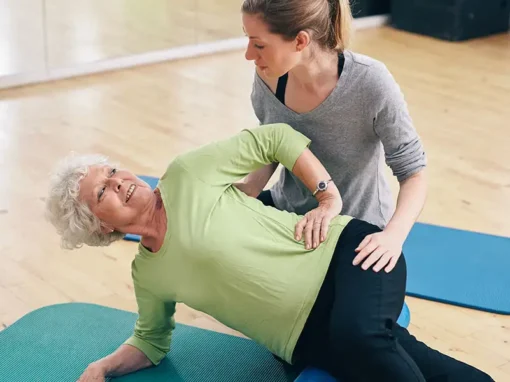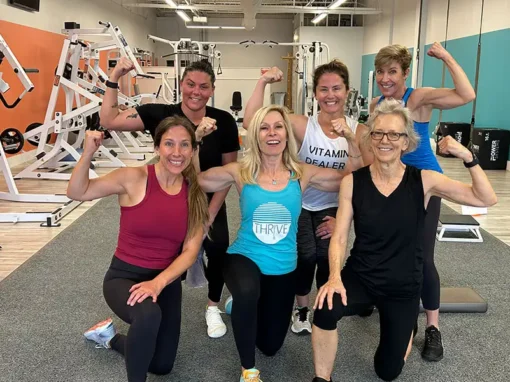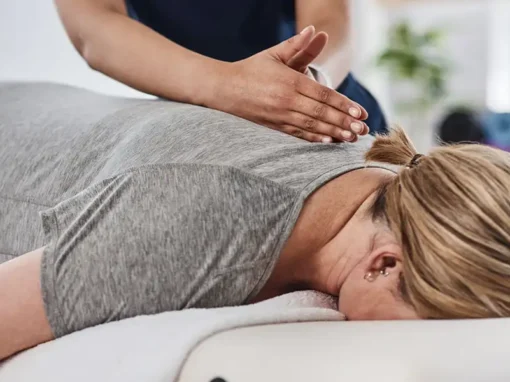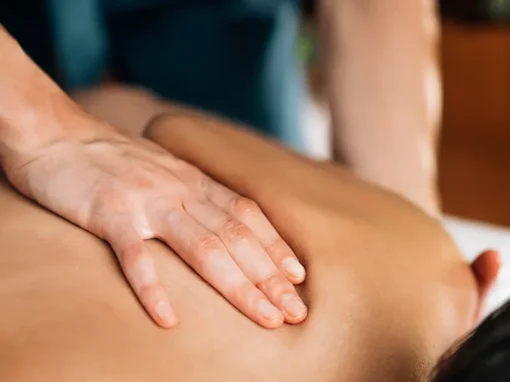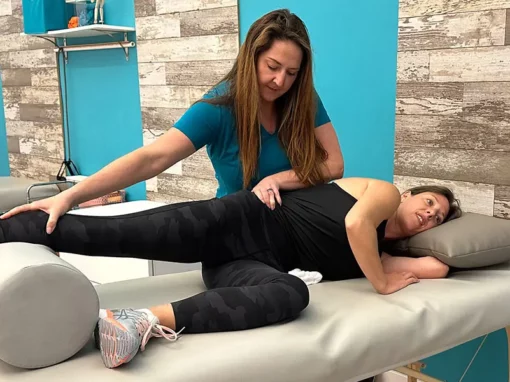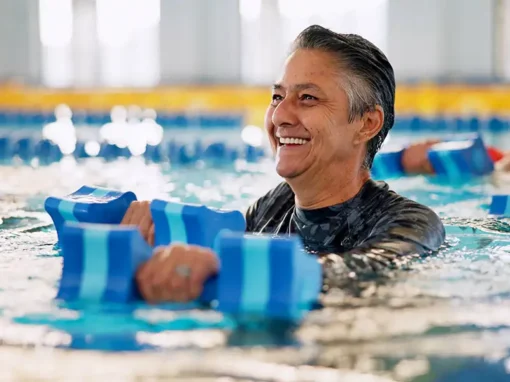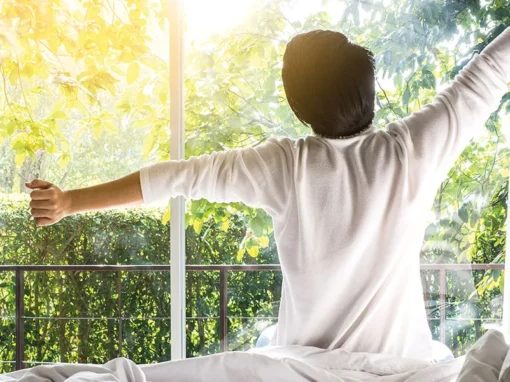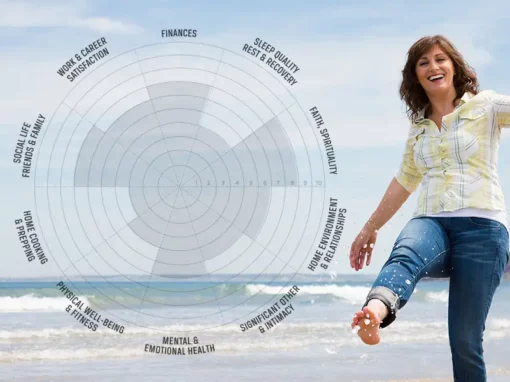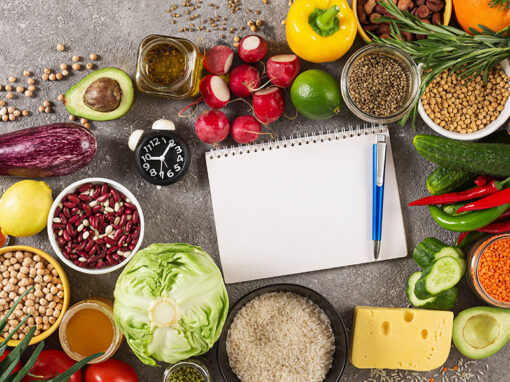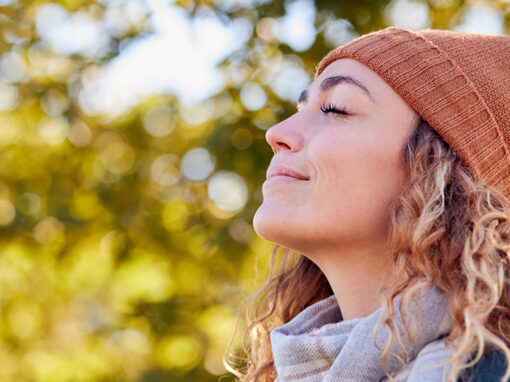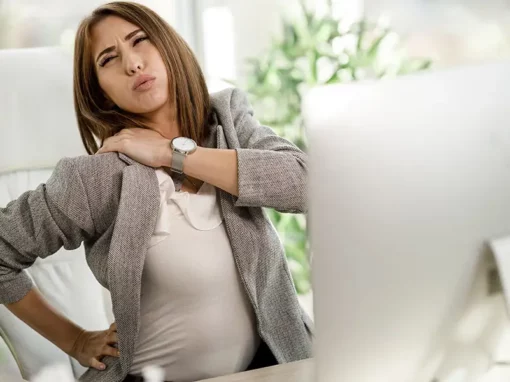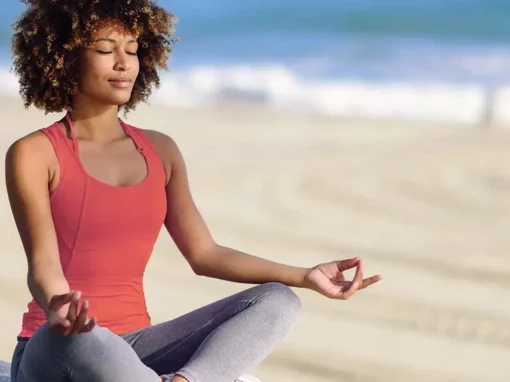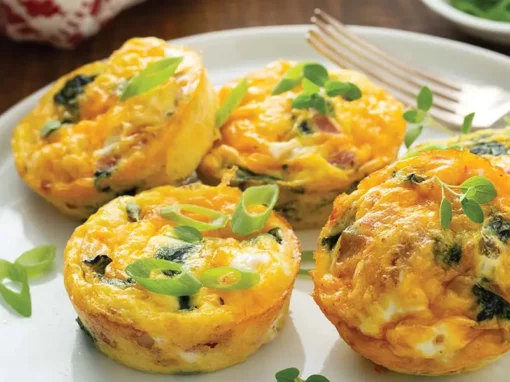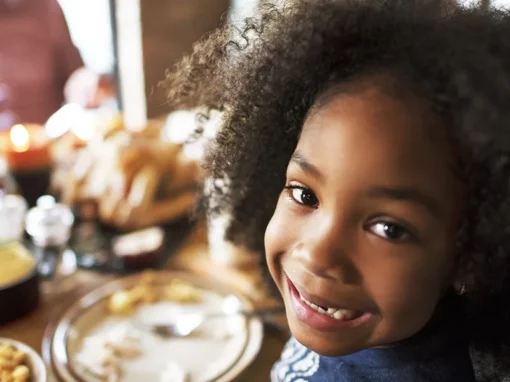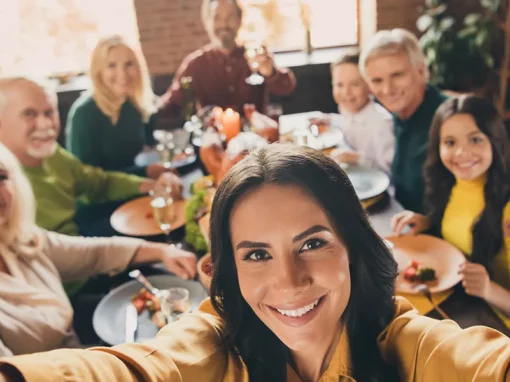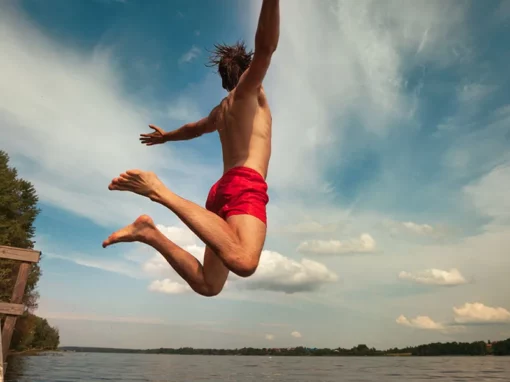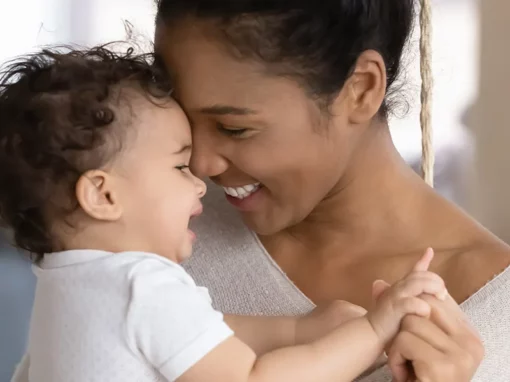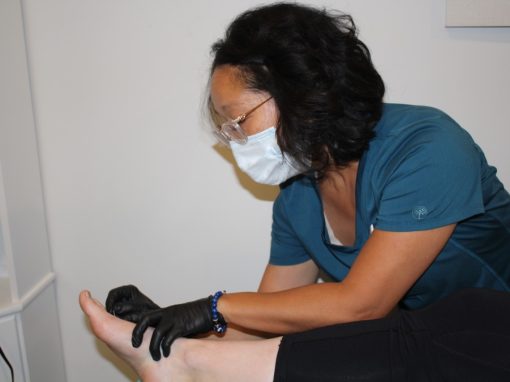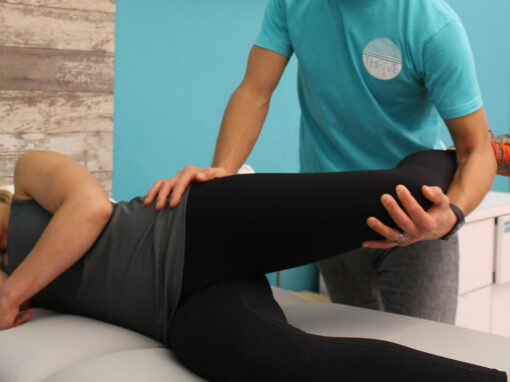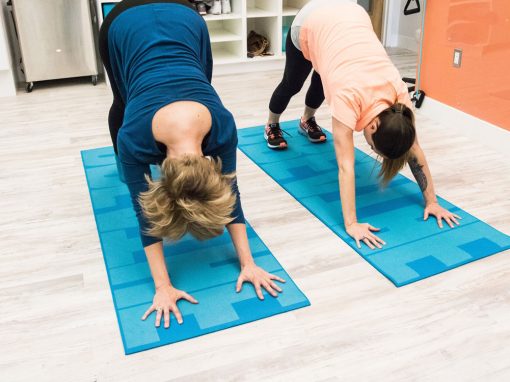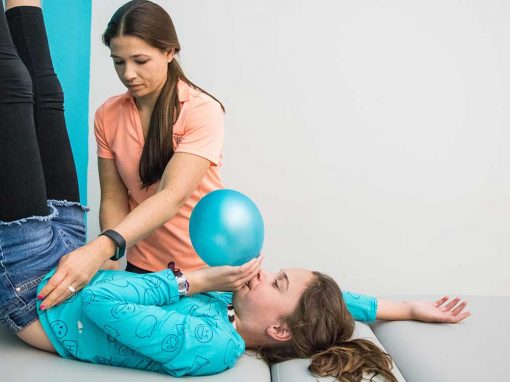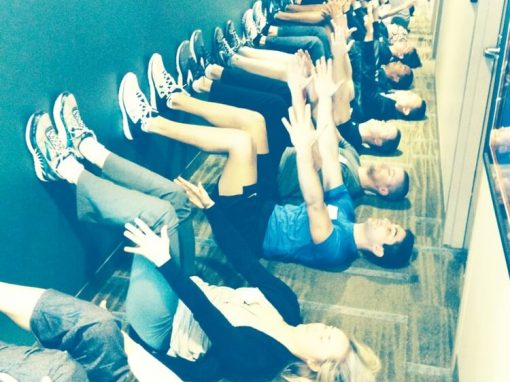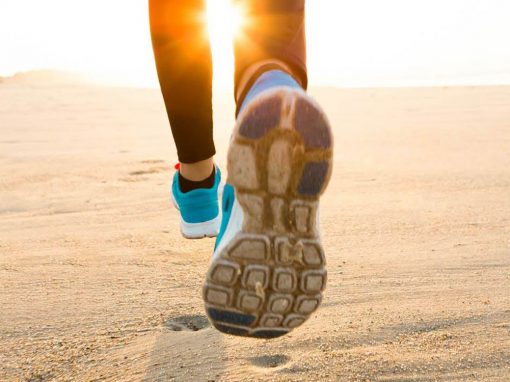Stress has a sneaky way of settling into our necks and shoulders, often without us even realizing it. Incorporating intentional breathwork throughout the day can help rebalance your posture and relieve tension. Many people unknowingly default to overposturing and adopt a vertical, accessory breathing pattern, especially during periods of stress. This habit not only exacerbates tension but also reinforces poor posture.
Contrary to common belief, good posture is not about puffing your chest out, pulling your shoulders back, or constantly squeezing your shoulder blades together. In fact, these actions might be contributing to your neck and shoulder discomfort. Instead, proper posture should feel natural and effortless, with your chest, neck, and shoulders aligning easily over your pelvis without strain.
As April marks Stress Awareness Month, let’s take a moment to become more mindful of how our breathing patterns influence our posture and overall well-being. By learning to breathe intentionally, you can release tension and avoid the pitfalls of overposturing.
Understanding Overposturing and Vertical Breathing
When you’re stressed, you might unknowingly default to a vertical breathing pattern. This involves lifting your shoulders toward your ears and overly engaging your lower back muscles with each inhale. Combine this with the strain of excessive sitting and leaning forward at a desk, and it’s no wonder so many of us experience chronic neck and shoulder tension. Incorporate these simple breathing techniques into your daily routine to alleviate tension and promote better posture:
- Focus on Your Inhale: Pay close attention to how you breathe in. Draw your inhale low into the lower lobes of your lungs rather than lifting your chest and shoulders.
- Expand Your Rib Cage: Aim to feel your breath expand the lower back half of your rib cage. This area often gets neglected, but activating it can help you maintain a more balanced posture.
- Breathe Horizontally: Shift your focus to a horizontal breathing pattern. Feel your ribs and chest wall expand outward in an east-to-west direction, promoting three-dimensional movement.
Let’s Look At Specific Exercises to Help Relieve Neck and Shoulder Tension
Seated Prayer Stretch
- Sit at a desk or table with your feet flat on the floor and knees pointed forward. Place your elbows on the tabletop, bringing your hands together in a prayer position.
- Gently tilt your pelvis under, creating a “C” shape with your spine.
- Breathe slowly and deeply, focusing on full exhalations. As you exhale, let your breastbone soften downward, allowing your rib cage to lower in the front and round out in the back.
- Keep your back pressed against the chair. Feel the area from your bra line (just below your shoulder blades) to your belt line making contact with the chair.
- Pause after each exhale. On each inhale, let your lower rib cage expand backward.
- Repeat this breathing pattern for 10 full breaths.
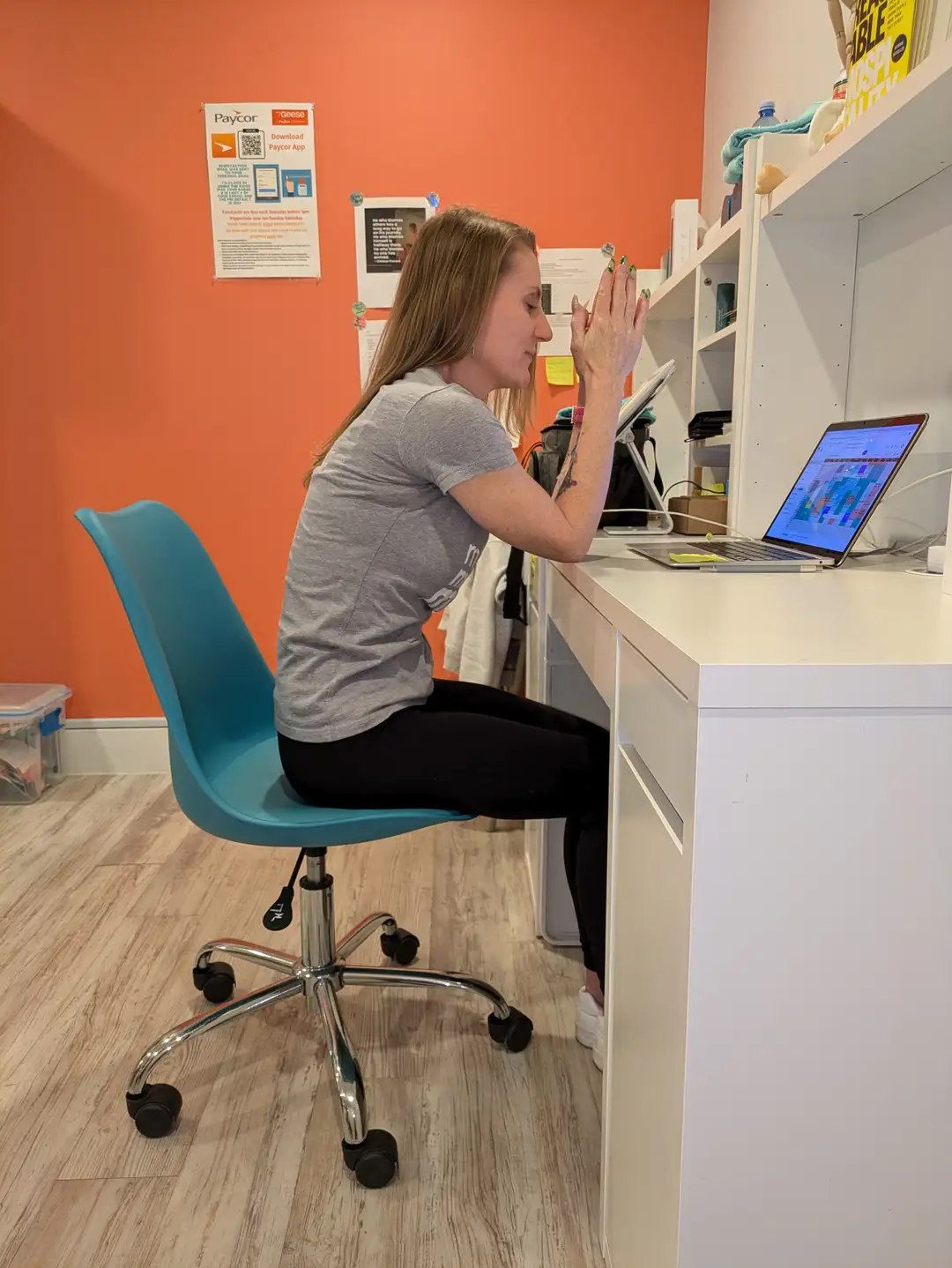
Seated Elbows-on-Knees Stretch
- Maintain the same seated position as the Seated Prayer Stretch, with feet flat and knees forward.
- Place your elbows and forearms on your thighs. Press down into your thighs to encourage the “C” shape in your spine.
- Keep your head in a neutral position, with your ears aligned over your shoulders. As the tension in your neck and shoulders releases, gradually tilt your head up to look at the horizon.
- Focus on breathing deeply. Aim to expand your lower rib cage backward with each inhale.
- Keep your breaths slow and intentional, allowing your rib cage to expand and contract naturally.
- Perform this stretch for 10 full breaths.
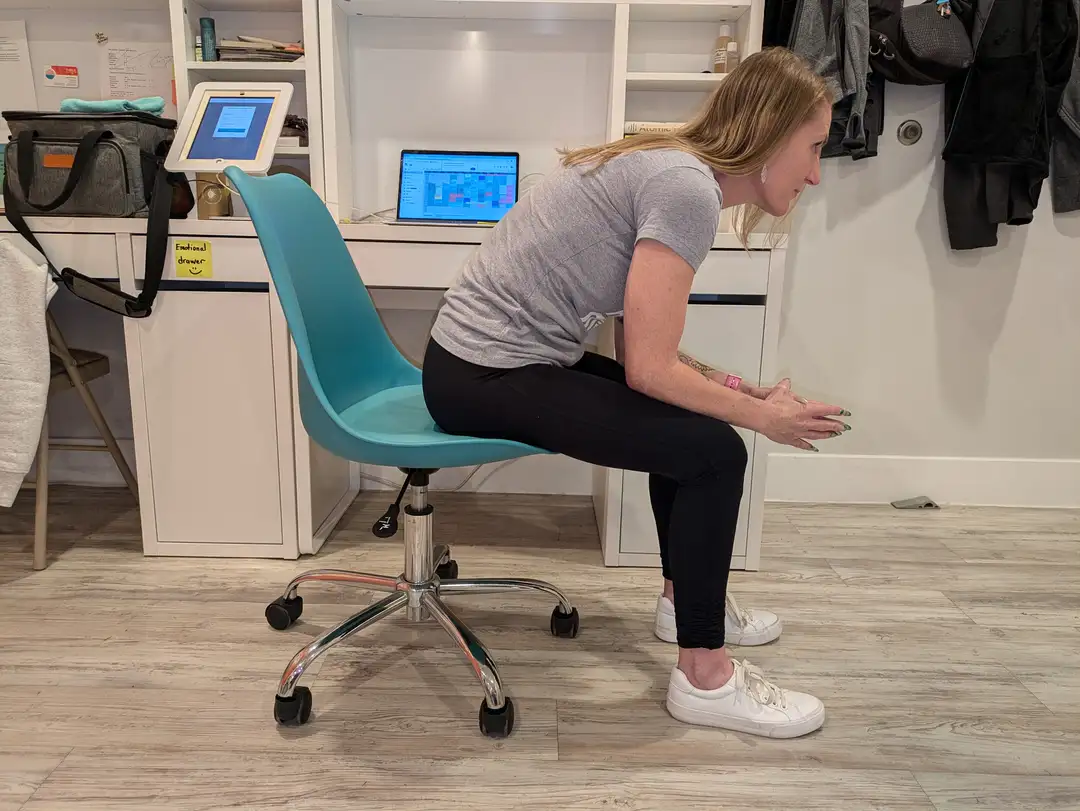
Desk Reach Stretch
- Sit at a desk or table with your feet flat on the floor and knees pointed forward. Rest your hands by your sides.
- As you exhale, reach your left arm toward the corner of your desk while simultaneously moving your right arm and elbow backward.
- Allow your sternum to rotate naturally as you reach across. Keep your gaze directed straight ahead.
- Hold this position for 10 breaths, then repeat the stretch on the opposite side.
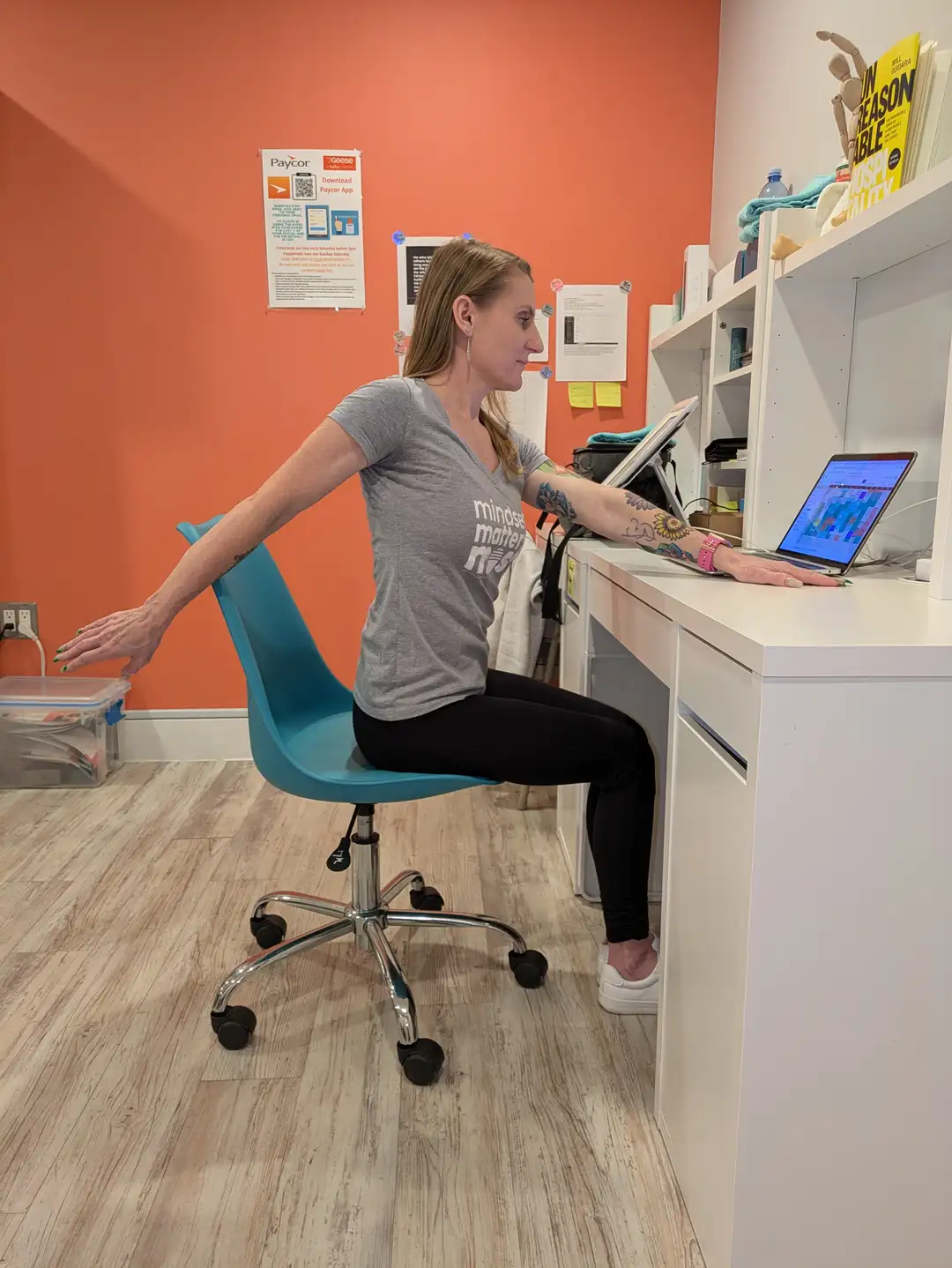
Single-Arm Pec Stretch
- Stand in a doorway with the door open. Position yourself slightly forward of the doorframe.
- Raise one arm to a 90-degree angle and place your hand on the backside of the doorframe.
- Place your opposite hand on your breastbone to monitor your rib cage. Ensure that the shoulder of your raised arm is lower than the opposite shoulder.
- As you exhale, feel your rib cage soften and move downward toward the opposite side from the arm on the doorframe.
- You should feel a gentle stretch in your chest wall without any pain in your neck or shoulder.
- Perform this stretch for 10 breaths on each side.
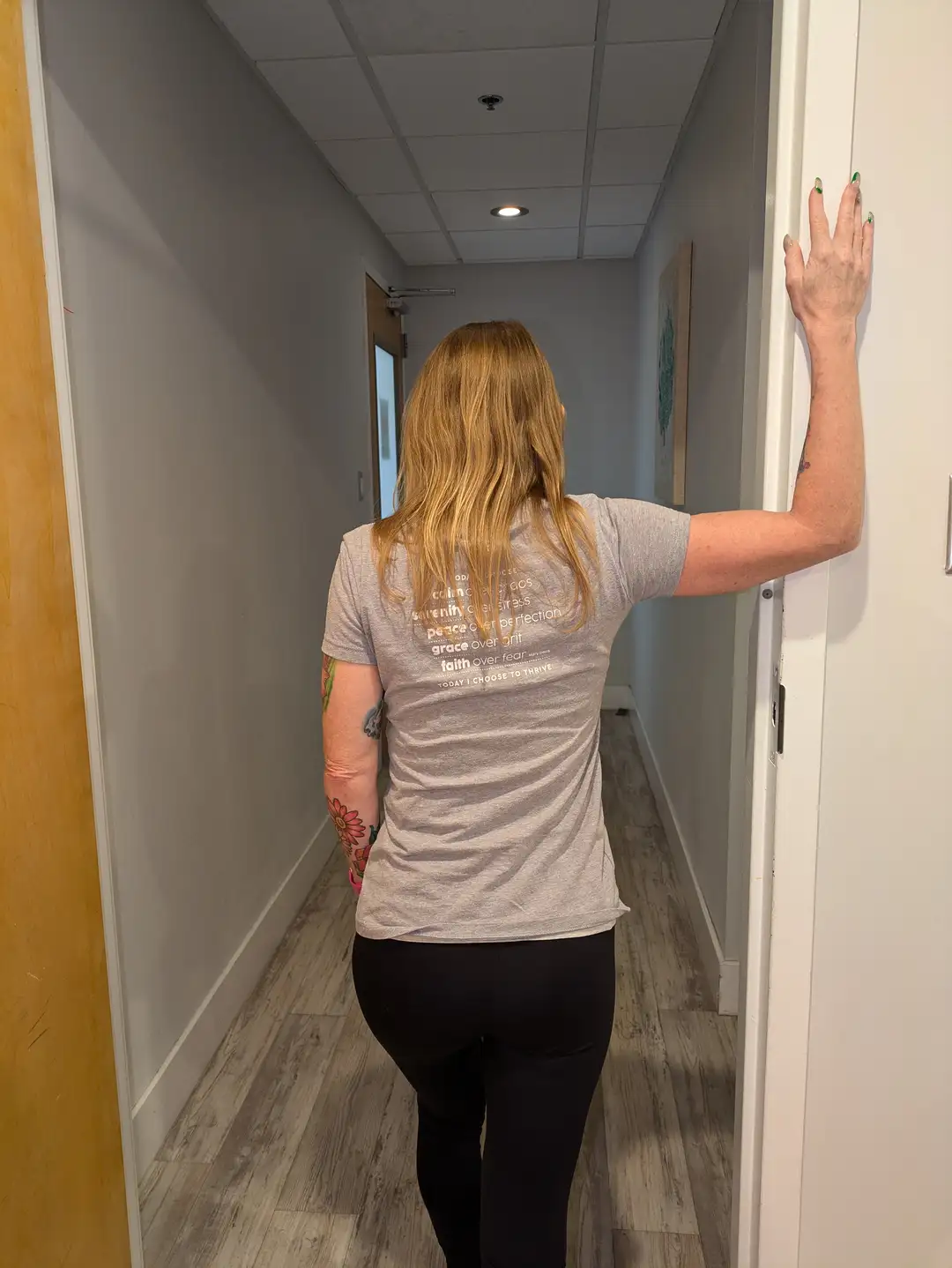
Stress doesn’t just affect your mind—it shows up in your body too. By incorporating mindful breathing into your day, you can counteract the harmful effects of stress and improve your posture. Remember, good posture should feel effortless and aligned, not forced.
With consistent practice, these breathing techniques can help you release tension, realign your body, and cultivate a sense of ease throughout your day.
